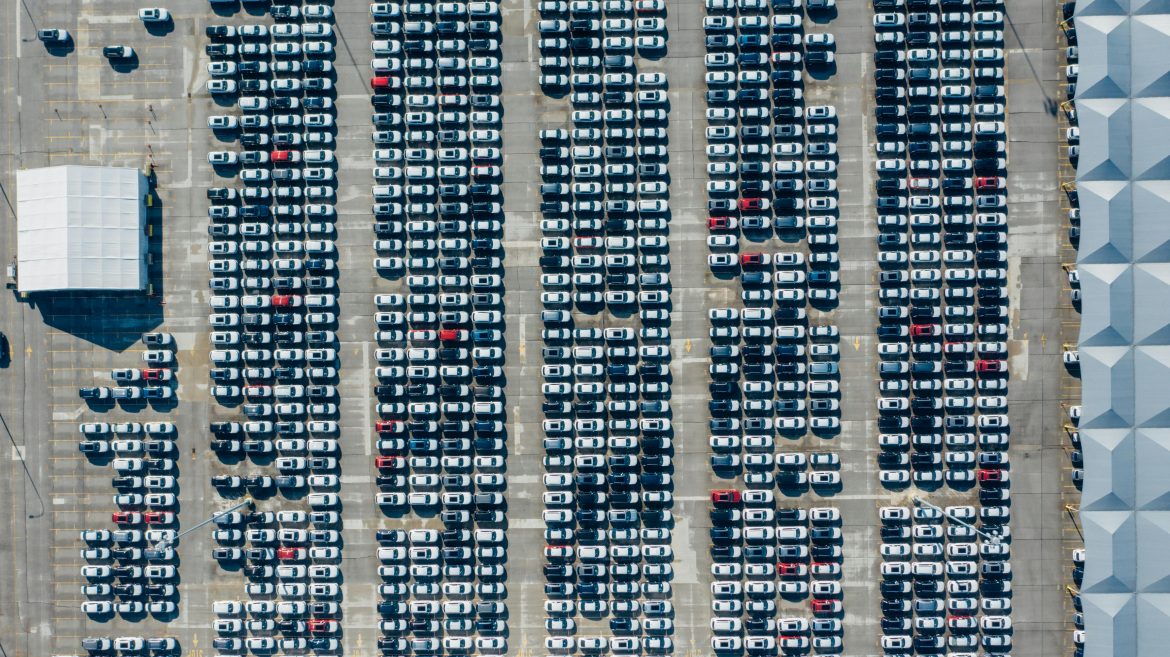The automotive landscape has undergone a profound transformation over the past two decades, with car colours becoming increasingly muted and subdued. According to a comprehensive analysis by iSeeCars, which examined over 20 million used cars from model years 2004 to 2023, the percentage of non-grayscale colours (white, black, grey, and silver) has plummeted from a staggering 40% in 2004 to a mere 20% today.
This trend towards grayscale dominance is not a fleeting phenomenon but rather a consistent and persistent pattern observed across various vehicle segments. In the 2004 model year, grayscale cars accounted for 60.3% of the market, but their share has since skyrocketed to an overwhelming 80%. Among these muted hues, grey has emerged as the most prominent riser, gaining a staggering 81.9% in market share, while silver has experienced the most significant decline, dropping by a substantial 52.2%.
“Colourful cars appear to be an endangered species,” remarks Karl Brauer, iSeeCars Executive Analyst. “Despite a diverse palette being offered by automakers, there are far fewer non-grayscale cars sold today. They’ve lost half their market share over the past 20 years, and they could become even rarer in another 20 years.”
The relentless march of grayscale colours has been a constant over the past two decades, with only a slight pullback observed between 2012 and 2013. However, the past three years have witnessed a potential plateauing of this curve, suggesting that the market may be approaching a saturation point for white, black, grey, and silver vehicles. Intriguingly, this diminishing colour spectrum has occurred despite nearly identical colour offerings per model over the past 20 years, with an average of 6.7 colours available for the 2023 model year compared to 7.1 colours for the 2004 model year.
Brauer ponders the future of car colour diversity, “Will grayscale shades drive out all other car colours over the next 20 years? A flattening of the curve in the past few years indicates a possible maximum market tolerance for these four colours. Whether driven by dealers ‘playing it safe’ by ordering only popular colours or consumers wanting to ensure maximum interest when it’s time to sell or trade in their vehicle, grayscale colours play the dominant role in the car world.”
The rise of grayscale cars is reflected in three of the four grayscale colours. White has emerged as the most dominant car colour today, surpassing black about a decade ago and continuing its ascent. Gray’s massive gains over the past decade have propelled it to almost equal footing with blacks. Black, too, has increased its market share by more than half. Bucking the trend of the grayscale colours, silver has consistently lost market share since 2004.
The remaining car colours combined have lost almost half of their market share since 2004. Obscure hues like gold, purple, brown, and beige have each suffered a staggering loss of more than 80% of their share over this period. However, even more mainstream colours like green, red, and blue have surrendered some of their market share. Interestingly, green has made a small comeback in the last few years, emerging as the only non-grayscale colour to gain market share since 2020.
“The big mover over the past 20 years is grey, which grew by 81.9% in share since 2004,” notes Brauer. “The biggest loser among popular car colours is silver, dropping 52.2% and just barely ahead of blue in today’s market share.”
When analysed by vehicle type, the market share numbers remain fairly consistent across trucks, SUVs, and passenger cars, with grayscale colours accounting for around 80% share for each of these three segments. The one exception is sports cars, where owner expression through exterior colour choice has a limited grayscale share of 62.4%.
“Trucks followed the overall market trend, though some primary colours, like red, lost far more share than others, like blue,” explains Brauer. “Red is down 57% in the truck segment, while blue lost less than 1%.”
“Gray’s popularity across the SUV segment had it more than doubling in market share,” Brauer continues. “White and black also saw big gains among SUV shoppers, with those three colours’ gains coming at the expense of silver, green, blue, and red.”
“Cars have lost appeal in the consumer market, but they continue to serve in rental car fleets and other commercial uses,” says Brauer. “This likely explains the more than doubling of share for white in the car segment, a colour popular with fleet managers due to its relatively high durability and low maintenance costs.”
“The sports car segment managed to break the industry pattern, with grayscale colours only gaining 4.3% share since 2004,” Brauer notes. “White more than tripled in this segment, and grey jumped by 81%, but those gains were mostly offset by silver falling 83% and black losing 2.1%. Red also lost ground with sports car buyers, while blue and orange made substantial gains.”
As the automotive industry continues to evolve, the next few years could prove pivotal in the car colour world. Will grey continue its ascent, surpassing the long-dominant black and approaching white’s top spot? Will the grayscale shades persist in absorbing market share, rendering our roadways increasingly monochromatic, or has their popularity finally peaked? Only time will tell if the vibrant hues of the past will stage a comeback or if the grayscale palette will reign supreme, forever altering the chromatic landscape of our vehicles.



